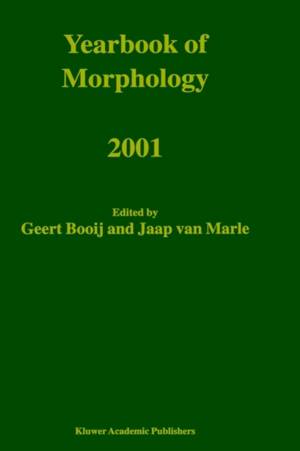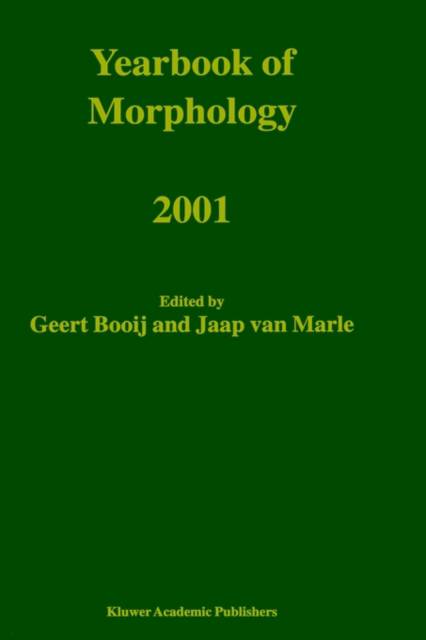
- Afhalen na 1 uur in een winkel met voorraad
- Gratis thuislevering in België vanaf € 30
- Ruim aanbod met 7 miljoen producten
- Afhalen na 1 uur in een winkel met voorraad
- Gratis thuislevering in België vanaf € 30
- Ruim aanbod met 7 miljoen producten
Zoeken
Omschrijving
A revival of interest in morphology has occurred during recent years. The Yearbook of Morphology series, published since 1988, has proven to be an eminent support for this upswing of morphological research, since it contains articles on topics which are central in the current theoretical debates which are frequently referred to.
In the Yearbook of Morphology 2001 a number of articles is devoted to the notion of productivity, and the role of analogy in coining new words. In relation to this topic, constraints on affix ordering in a number of Germanic languages are investigated.
A second topic of this volume is the necessity and the role of the paradigm in morphological analyses; arguments for and against the formal role of the paradigm are presented.
Thirdly, this volume discusses a number of general issues in morphological theory such as the relation between form and meaning in morphology, the accessibility of the internal morphological structure of complex words, and the interaction of morphology and prosody in truncation processes.
In the Yearbook of Morphology 2001 a number of articles is devoted to the notion of productivity, and the role of analogy in coining new words. In relation to this topic, constraints on affix ordering in a number of Germanic languages are investigated.
A second topic of this volume is the necessity and the role of the paradigm in morphological analyses; arguments for and against the formal role of the paradigm are presented.
Thirdly, this volume discusses a number of general issues in morphological theory such as the relation between form and meaning in morphology, the accessibility of the internal morphological structure of complex words, and the interaction of morphology and prosody in truncation processes.
Specificaties
Betrokkenen
- Uitgeverij:
Inhoud
- Aantal bladzijden:
- 314
- Taal:
- Engels
- Reeks:
Eigenschappen
- Productcode (EAN):
- 9781402007248
- Verschijningsdatum:
- 30/09/2002
- Uitvoering:
- Hardcover
- Formaat:
- Genaaid
- Afmetingen:
- 156 mm x 234 mm
- Gewicht:
- 630 g

Alleen bij Standaard Boekhandel
+ 419 punten op je klantenkaart van Standaard Boekhandel
Beoordelingen
We publiceren alleen reviews die voldoen aan de voorwaarden voor reviews. Bekijk onze voorwaarden voor reviews.










